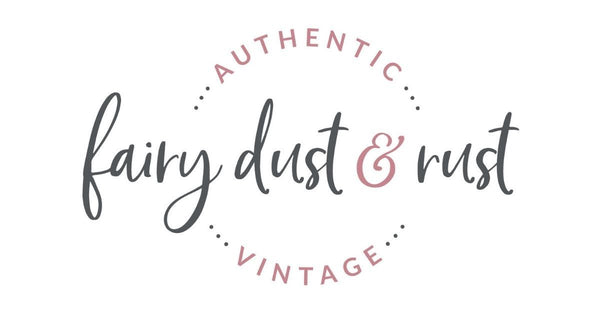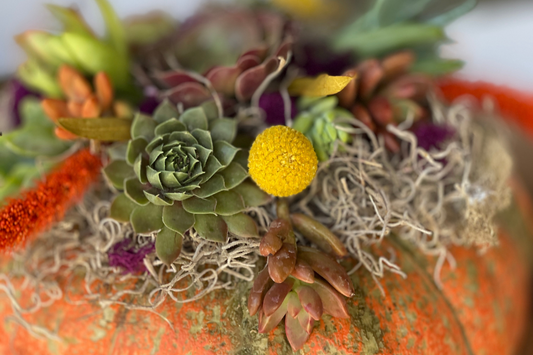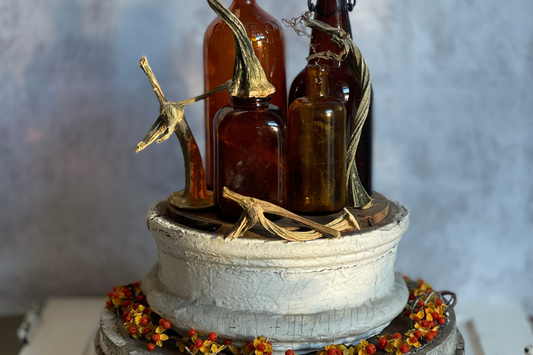This Fall wreath was inspired by the faded and weathered corn stalks of late summer. We live in a small rural part of town, surrounded by corn fields. Each year we watch the green shoots emerge from the ground in the spring and grow strong over the summer.
As fall approaches, the stalks begin to wither and fade into lighter green and lovely shadows of brown. Pieces of the husks blow down the road and the corn tassels sway in the breeze.
I always love watching this transformation in the corn fields and for this year I wanted my wreath to mimic what I see; An organic wreath, seemingly put together in the fields using mostly what nature provides.
As I started assembling the wreath, I envisioned peeks of deep jewel tones of the season; deep reds, yellows and greens.
In order to get those colors into the wreath, I would dye the husks. I had a couple packages of tamale husks from last year’s corn husk wreath. So, I started with those and got out my Rit Dye.
Supplies:
- One package of Corn Husks for Tamales. You can find these at your grocery store
- Corn stalks with tassels
- RitFabric Dye in your Favorite Colors
- Starburst Grapevine Wreath Form
- Large Stainless Steel Bowls
- Strainer
- Glue Gun
- Plastic Table Covering
- Paper Towel
- Hair Dryer
- Sunshine
Getting Started:
For this wreath, I wanted to keep the natural look of dried corn stalks from the field. I also wanted some type of color to brighten the wreath, as the stalks will naturally dry to a light tan color.
Rit Fabric Dye is a great method for imparting color into the husks. I tried adding craft paint to stain the water, but it didn’t work that well. As the paint dried, the color was just laid on top of the husk and flaked off.
I chose “jewel tones” for my color palette: Wine, Marigold, Indigo and Emerald.

Important Note:
This is permanent dye and it will stain light countertops, sinks, bowls, strainers, and just about everything it comes into contact with, including your hands! For this reason, wear good fitting disposable gloves and use plastic sheeting or table coverings. If you are at all concerned, do this outside on the grass!
For this reason, I used stainless steel bowls to soak and dye my husks. I used stainless drip racks, cookie sheets and sink.
Let’s Get To It!
When you take the husks out of the package, you will notice the husks are wide. I tore them into strips of two or three, to create variation in size. I like to have different sizes of strips, so some are thinner and some are wider. Once they are torn, you are ready to dye them!
Add hot water to a bowl, and pour in some dye, about ¼ of a cup. Note, more dye will deepen the color. Soak the husks in this bowl until they have just the right amount of color you are looking for. I soaked mine for about 30 - 40 minutes.
Once you have achieved your color, remove the strips and let them drip dry in a stainless steel sink, strainer, rack or transfer outside to dry.
Set the strips outside to dry. A warm sun will speed up the process. As they dry some will begin to curl and twist, making pretty movements. If you don’t have sun, you can use a hairdryer to set the color and dry the husks.

Assembling the Wreath:
Start by hot gluing the corn stalks to the center of the wreath, following the circular shape of the wreath form. Pointy ends will be at the outer edges of the wreath. Spread out the corn tassels so they are evenly distributed around the wreath.

Once you are finished gluing the stalks, start adding your dyed husks in between the stalks. Use any color you prefer. You can add several, or just a handful. For my wreath, I was going for a simple, organic look with just a subtle hint of color.
I chose to add just a few husks in just the shades of Wine and Purple. I think it adds just enough color and keeps the natural element I was looking for.
Ta-Da!
There you have it! Hang the wreath on a door, over the mantel or anywhere you choose. The wreath will last all season long, and with proper care and storage can last for years to come.

Pro Tip:
The extra dried husks are great to use around your home as fall decor. Tuck them in vases and nooks. Scatter on your dining table, use as bowl filler, or layer some in-between your fruit display.





